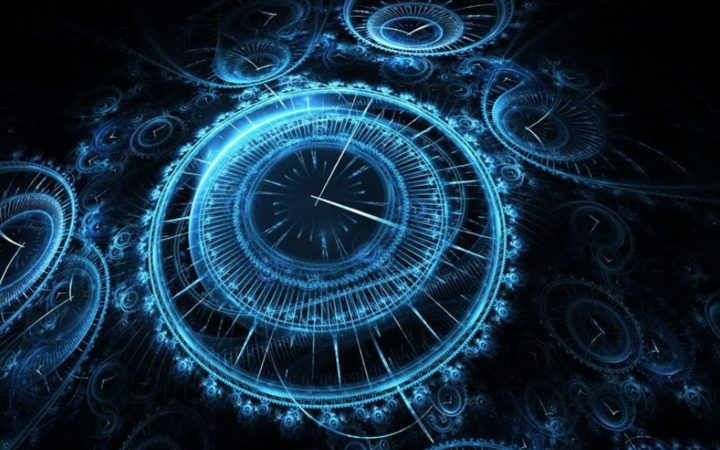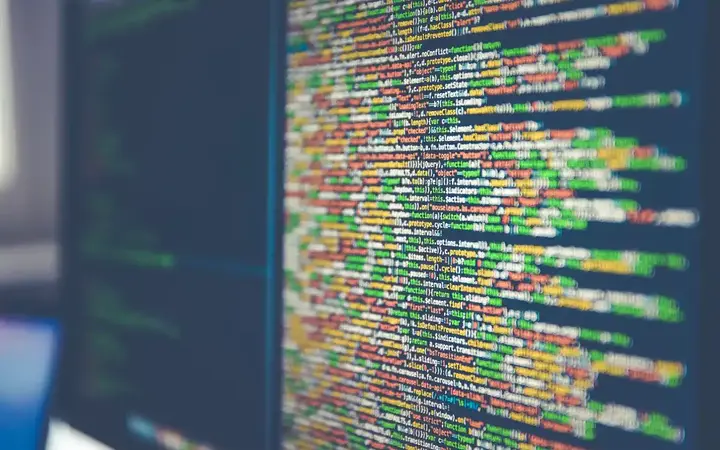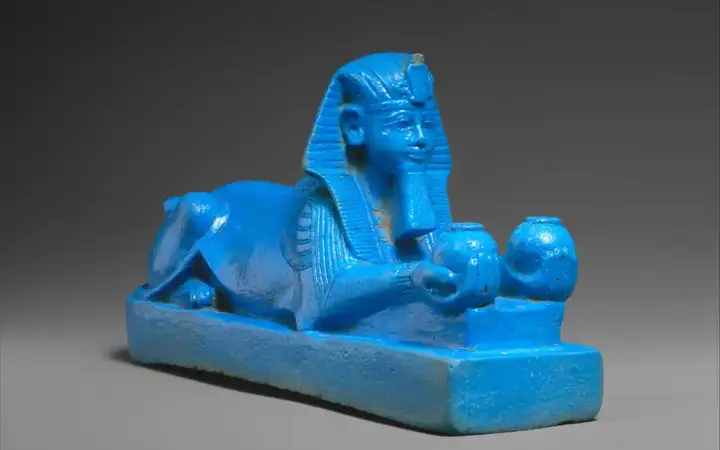LI-FI: where the Internet travels at the speed of light
The recognized Wi-Fi technology has become old for the "LI-FI" technology, which appeared in 2011, was invented by the scientist and professor "Halworld Haas" at the University of Edinburgh in Scotland, where he worked there as an assistant professor in the Department of Wireless Communications, and since then this technology is developed to this day to be one of the largest and most important communication technologies around the world, as the "LI-FI" technology is characterized by speed, accuracy and security, so it is already used in many Sensitive fields such as medical and industrial fields.
Show key points
- LI-FI technology, invented in 2011 by Professor Harald Haas at the University of Edinburgh, is a wireless communication method that uses visible light instead of radio waves to transmit data.
- Unlike Wi-Fi, which relies on radio frequency signals, LI-FI transmits data through light particles, using sources like LED lamps for communication.
- LI-FI offers significantly faster data transfer speeds than traditional Wi-Fi, reaching gigabytes per second and greatly enhancing transmission efficiency.
- ADVERTISEMENT
- In terms of security, LI-FI is more secure than Wi-Fi since light-based communication is harder to intercept or jam compared to radio frequencies.
- Due to its high speed and security, LI-FI is ideal for sensitive environments like medical facilities, laboratories, and government departments, while Wi-Fi remains more practical for general household use.
- Major challenges hindering LI-FI’s widespread adoption include dependency on constant light availability, high infrastructure costs, and potential interference from other light sources.
- Although LI-FI has not yet reached commercial ubiquity like Wi-Fi, ongoing scientific efforts aim to overcome current limitations and expand its global application.
What is LI-FI
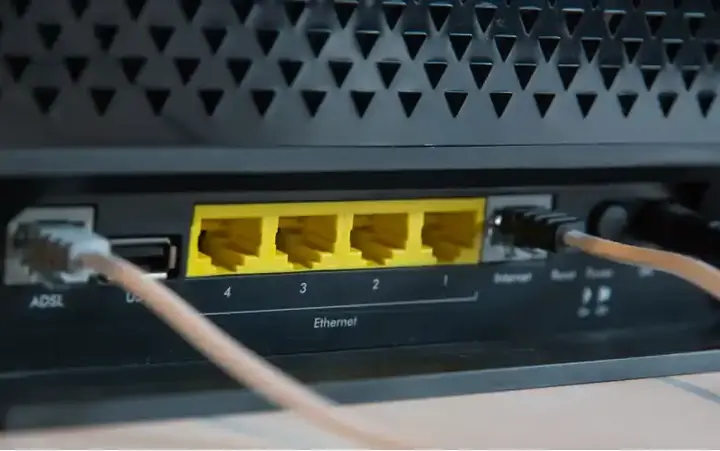
If we want to define LI-FI, it is a wireless communication technology used to transmit data through visible light particles, developed and discovered in Scotland in 2011. LI-FI technology works in the same way as Wi-Fi technology in connecting two devices in a wireless way, but Wi-Fi technology relies on radio signals in the connection between two devices, where there is a radio signal transmitter and a radio signal receiver that converts these signals into a wireless connection between two devices.
Recommend
As for the "LI-FI" technology, instead of radio signals, light particles are used, where signals are sent by light molecules and received in the same way, and these particles are not required to be sunlight, but also suitable for the light of ordinary lamps, such as LED lamps or any ordinary searchlight. Therefore, LI-FI technology is a new generation of wireless communication technology and is now under development, and it has not yet been widely used because there are many challenges facing the spread of this technology, but scientists are working on a daily basis to develop it and make it applicable around the world.
What are the most important differences between Wi-Fi and LI-FI?
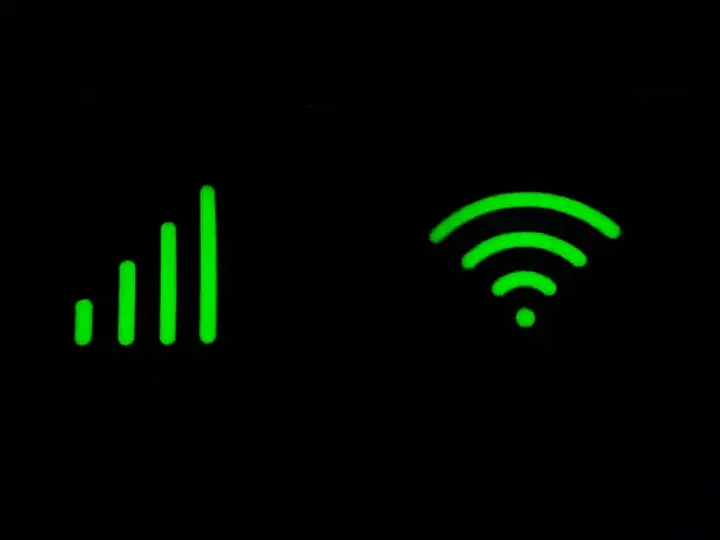
As we mentioned before, each technology depends on a different basis in terms of transmission and reception, Wi-Fi technology depends on radio waves and "LI-FI" technology depends on light molecules. But this is not the only difference between the two technologies, there are many other differences, the most important of which are:
Data transfer speed
As for the speed of data transfer in Wi-Fi technology, it is developed from year to year, but despite that, this development did not guarantee the absolute speed of the connection, as the speed of data transfer has become more than several gigabytes per second, and this is a large number by the way, but the most widespread in the world is Wi-Fi, which transmits several megabytes, which is medium or normal speed.
As for the "LI-FI" technology, the data transfer speed is its biggest advantage ever, as the data transfer speed reaches a large number of gigabytes per ethnicity, and this provides a standard wireless connection speed that Wi-Fi technology can never reach.
Security rate in connection
With regard to the security rate in communication, of course the "LI-FI" technology is superior, so Wi-Fi technology will not depend on radio frequency communication, between two frequencies from 2.4 MHz to 5 MHz, and through many modern technologies and devices, it has become easy to penetrate these frequencies and jam them.
As for the "LI-FI" technology, it relies on light particles that are difficult to penetrate directly, and this made communication via "LI-FI" technology more secure and data-saving.
Applied fields for each
As for the "LI-FI" technology, it is characterized by a very strong connection speed and security, and this made it suitable in areas that require high connection speeds such as companies, medical centers and laboratories, it is also suitable for places that require a high percentage of information security such as books and government departments. While Wi-Fi technology is very suitable for home communication, it is more prevalent and serves the purpose, and is common.
The most important challenges facing the spread of "Li-FI" technology - LI-FI

Some believe that the "LI-FI" technology has not yet been launched, but this information is not accurate, because the "LI-FI" technology has already been launched in many projects around the world, but the basic idea in the challenges facing the spread of this technology around the world at the commercial level to become like Wi-Fi technology, here are the most important of these challenges:
Environmental impact:
One of the most important challenges faced by life technology is that it requires a permanent light source, and this thing is not always available, especially in open spaces, because lighting can be controlled inside institutions and buildings, but it is very difficult in the streets, when night comes, it is difficult for this technology to transmit signals effectively in the streets, and therefore it is more suitable for indoor places, where light can be permanently controlled, knowing that this compresses electricity bills and leads to consume more power.
Infrastructure Cost:
LI-FI technology also requires special updates regarding the optical infrastructure of the place where it is used, and this is very expensive, whether to provide lighting continuously or by planting solar cells, these costs can be afforded in the small range, but in large areas they become very expensive.
Interference of light rays:
Another challenge facing the technology of "LI-FI" where the visible light interferes with the light produced from other light sources such as colored searchlights or lamps that give various lights, and this makes the process of communication of light signals between devices confused.
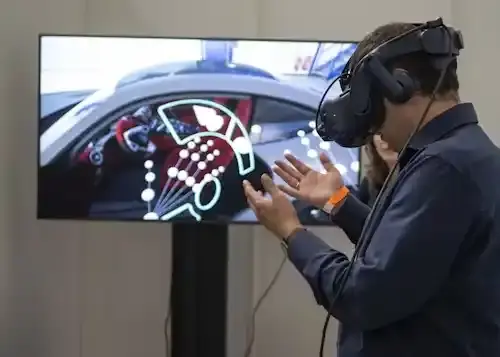
LI-FI technology is a new technology, and it is still under development and has great advantages such as the maximum speed of data transfer because it uses very fast light particles, so it transmits data faster than the frequency of Wi-Fi devices that rely on radio vibrations in a specific and specific range, but it also has disadvantages such as high cost and environmental impact, but scientists are working to develop these negatives to be applied at the commercial level around the world.
![]()
7 simple tips to improve daily concentration
7 Simple Tips to Improve Daily Focus more- ADVERTISEMENT
![]()
The concept of financial liberalization - how can you achieve it?
The Financial Freedom Concept - How can you achieve it more- ADVERTISEMENT
![]()
The art of being kind to your boss
The Gentle Art of Managing Your Manager more- ADVERTISEMENT
![]()
Medical foods in Vietnam: amazing, embarrassing, and puzzling
In Vietnam, food is more than nourishment—it's tied to ancient beliefs. One odd belief warns against pairing chicken with lemon mint leaves, thought to cause leprosy-like symptoms. Though not dangerous, it may cause discomfort. Traditional dietary therapy blends food with yin-yang balance, offering deeper awareness of health and lifestyle. more- ADVERTISEMENT
![]()
Is time travel possible? Astrophysicist explains the science behind science fiction
Time travel fascinates us, but science says it’s not so easy. While Einstein’s theory shows time moves differently at high speeds—like for astronauts—true time travel still faces big hurdles. Wormholes, paradoxes, and the laws of physics keep it in the realm of imagination, at least for now. more- ADVERTISEMENT
![]()
How to behave in a world of professional chaos: a guide to thriving amid uncertainty
Professional chaos can be your stepping stone to growth—embrace change, stay curious, build resilience, and nurture a flexible mindset. Surround yourself with a strong network, seek advice, and don’t forget to take care of yourself. Chaos isn’t the end—it’s the start of something new. more- ADVERTISEMENT
![]()
Are we living in the most peaceful era in history?
Western Europe may enjoy historic peace, but much of the world still faces war and unrest. While today's crime rates are lower, life in the past held a quiet beauty—slower, simpler, and with deep human connection. Modern life may be safer, but not necessarily more peaceful. more- ADVERTISEMENT
![]()
The Genius of Nature: 8 Amazing Technological Innovations Inspired by Nature
Nature inspires some of the coolest tech—like butterfly wings improving solar cells or kingfishers helping trains go quiet and fast. Even surgical needles got less painful thanks to mosquitoes. From firefly-inspired LEDs to Velcro born from prickly plants, the wild world is secretly shaping our everyday innovations. more- ADVERTISEMENT
![]()
The most famous data leaks in history - a list of wonders!
Big names get hacked too—Yahoo, LinkedIn, Facebook, and Canva all suffered massive data breaches, exposing millions of users’ info. These attacks didn’t just hurt reputations—they shook global cybersecurity and pushed companies to step up protection, while users were urged to change passwords and enable two-factor authentication. more- ADVERTISEMENT
![]()
The Historical Arch of Egyptian Blue: A Journey Through Time
The Historical Arc of Egyptian Blue- A Journey Through Time more- ADVERTISEMENT
















